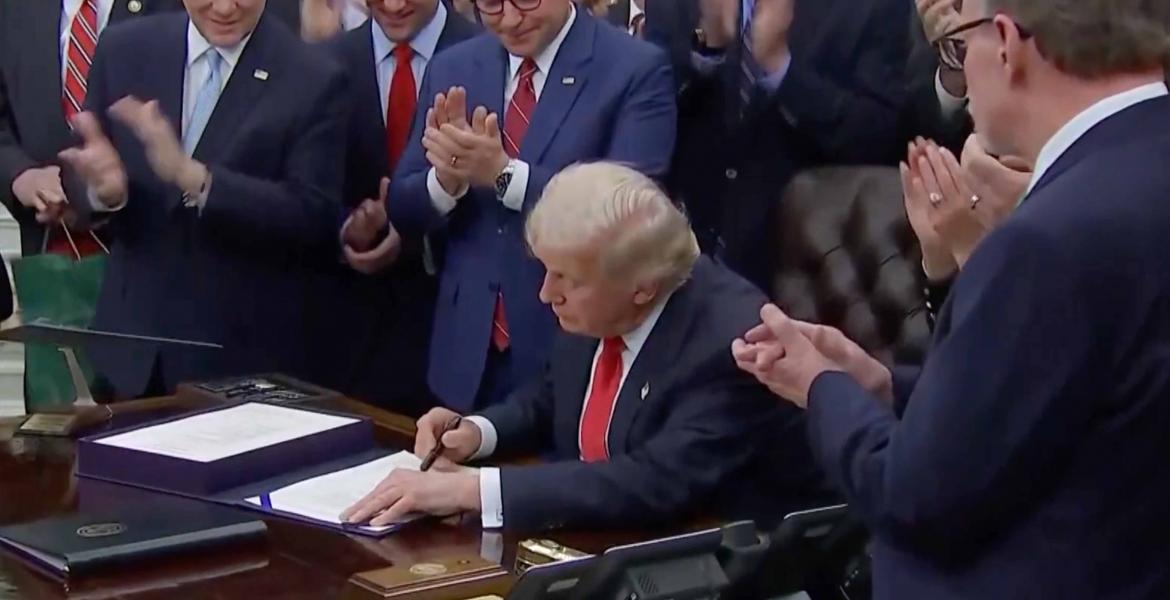Shaving cream as we think of it (coming from a pressurized can), first came out on the market in 1949, but the idea of using a cream or soap as a buffer between the razor and the face is centuries old.
Previously, shaving soaps and even animal fat were used, until technology advanced to the point where a spray can became feasible. Nowadays, there are soaps, gels, creams and oils on the market promising a close shave without irritation, and many of the commercial brands use a variety of chemicals to achieve the cream consistency.
Of these chemicals, propylene glycol is often used, which was mentioned when we looked at deodorant. Propylene glycol is a petrochemical, which in some shaving creams is meant to serve as a humectant, or a substance that promotes moisture retention. As with deodorant, the use of propylene glycol in shaving cream is also a source of controversy among the green groups, and a number of natural shaving creams are also available on the market.
Subscribe to the LIVE! Daily
Required






Post a comment to this article here: